Napoleon III (1808 – 1873)
They don’t come much more illustrious than Napoleon III or to give him his full name Charles Louis Napoléon Bonaparte. He was the nephew of Napoleon I and ruled France firstly as President between 1848 and 1852 and then as Emperor between Minister 1852 and 1870. He was somewhat of an Anglophile and while not running France he was often to found exiled in England.
He left Paris with his mother Hortense in May 1851 and briefly stayed in England before moving on to Switzerland. He was back again in 1836 and then returned again for a new period of exile in October 1838. He had inherited a large fortune from his mother and took a house with seventeen servants and several of his old friends and fellow conspirators.
After a failed coup in 1846 he again returned to London. He quickly resumed his place in British society. He lived on King Street in St James’s, London, went to the theatre and hunted, renewed his acquaintance with Benjamin Disraeli, and met Charles Dickens. As of May 2022 the property was for sale. He went back to his studies at the British Museum. He had an affair with the actress Rachel, the most famous French actress of the period, during her tours to Britain. More important for his future career, he had an affair with the wealthy heiress Harriet Howard (1823–1865). They met in 1846, soon after his return to Britain. They began to live together, she took in his two illegitimate children and raised them with her own son, and she provided financing for his political plans so that, when the moment came, he could return to France.
Napoleon III began his regime in 1854 by launching a series of enormous public works projects in Paris, hiring tens of thousands of workers to improve the sanitation, water supply and traffic circulation of the city. To direct this task, he named a new prefect of the Seine department, Georges-Eugène Haussmann, and gave him extraordinary powers to rebuild the centre of the city. He installed a large map of Paris in a central position in his office, and he and Haussmann planned the new Paris.
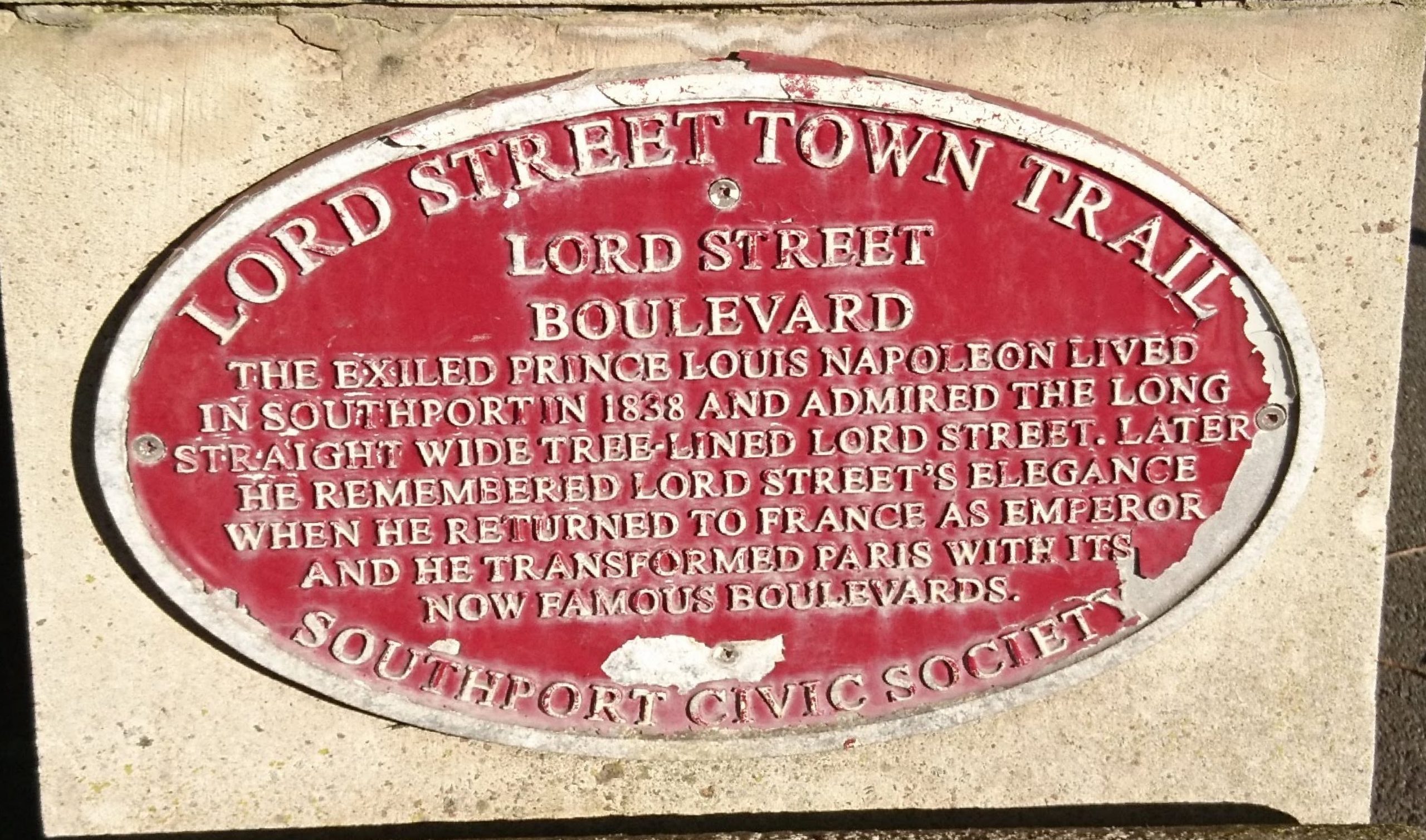
Now this is where it becomes very interesting from our point of view. At one time in 1838 it is thought that he stayed in Southport (at that time in Lancashire) and was impressed by the design of Lord Street, the town’s main thoroughfare. It is believed by some that Haussmann’s designs are based on what Napoleon III saw in Southport. For more details on this story please seethe Guardian’s “Ooh La Lancashire” article.
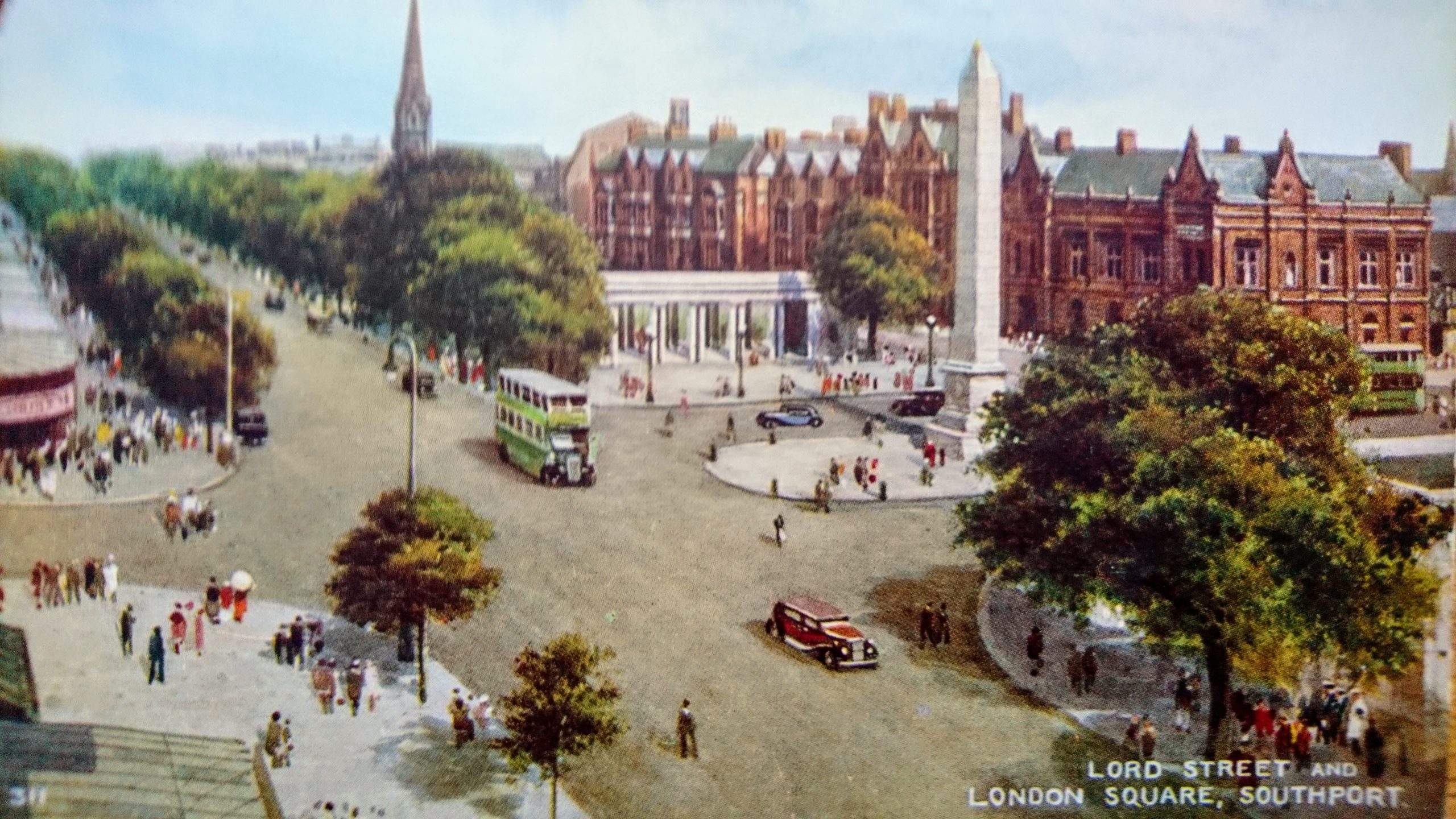
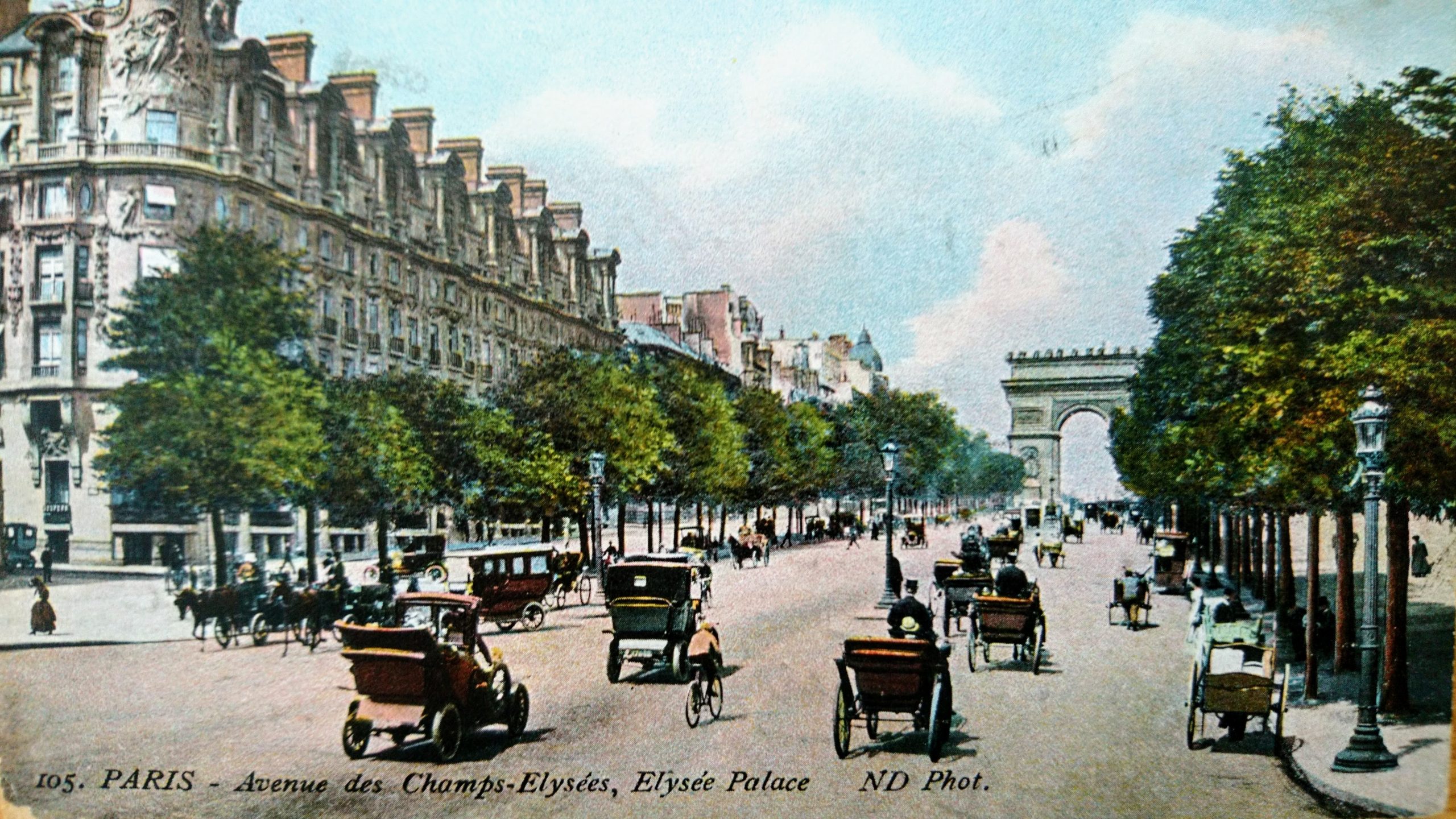
After his defeat by the Germans in 1870, Bismarck allowed him to go back into exile in England in 1871.
Napoleon, his wife, Eugénie, their son and their entourage, including the American Colonel Zebulon Howell Benton, settled at Camden Place, a large three-story country house in Chislehurst, Kent. He was received by Queen Victoria, who also visited him at Chislehurst.
Louis-Napoleon had a longtime connection with Chislehurst and Camden Place: years earlier, while exiled in England, he had often visited Emily Rowles, whose father had owned Camden Place in the 1830s. She had assisted his escape from French prison in 1846.
He had also paid attention to another English girl, Elizabeth Howard, who later gave birth to a son, whose father (not Louis-Napoleon) settled property on her to support the son, via a trust whose trustee was Nathaniel Strode. Strode bought Camden Place in 1860 and spent large sums of money transforming it into a French château. Strode had also received money from the Emperor, possibly to buy Camden Place and maintain it as a bolt hole.
He died on 9 January 1873 and was originally buried at St Mary’s, the Catholic church in Chislehurst. However, after his son, an officer in the British Army, died in 1879 fighting against the Zulus in South Africa, Eugénie decided to build a monastery and a chapel for the remains of Napoleon III and their son. In 1888, the bodies were moved to the Imperial Crypt at St Michael’s Abbey, Farnborough, Hampshire, England.
Louis Lucienne Bonaparte (1813 – 1891)
By coincidence when researching Napoleon III we came across Louis Lucienne Bonaparte. He was a French philologist. The third son of Napoleon’s second surviving brother, Lucien Bonaparte, he spent much of his life outside France for political reasons. After a brief political career, he focused on his academic work, which particularly centred on the Basque language and the Celtic languages. We found him in the 1861 Census residing at 7, Westbourne Grove West, St Mary Abbotts, Kensington, London. He was living alone but with six servants. His birth was recorded as being at Thorngrove in Worcestshire.
Charles X (1757 – 1836)
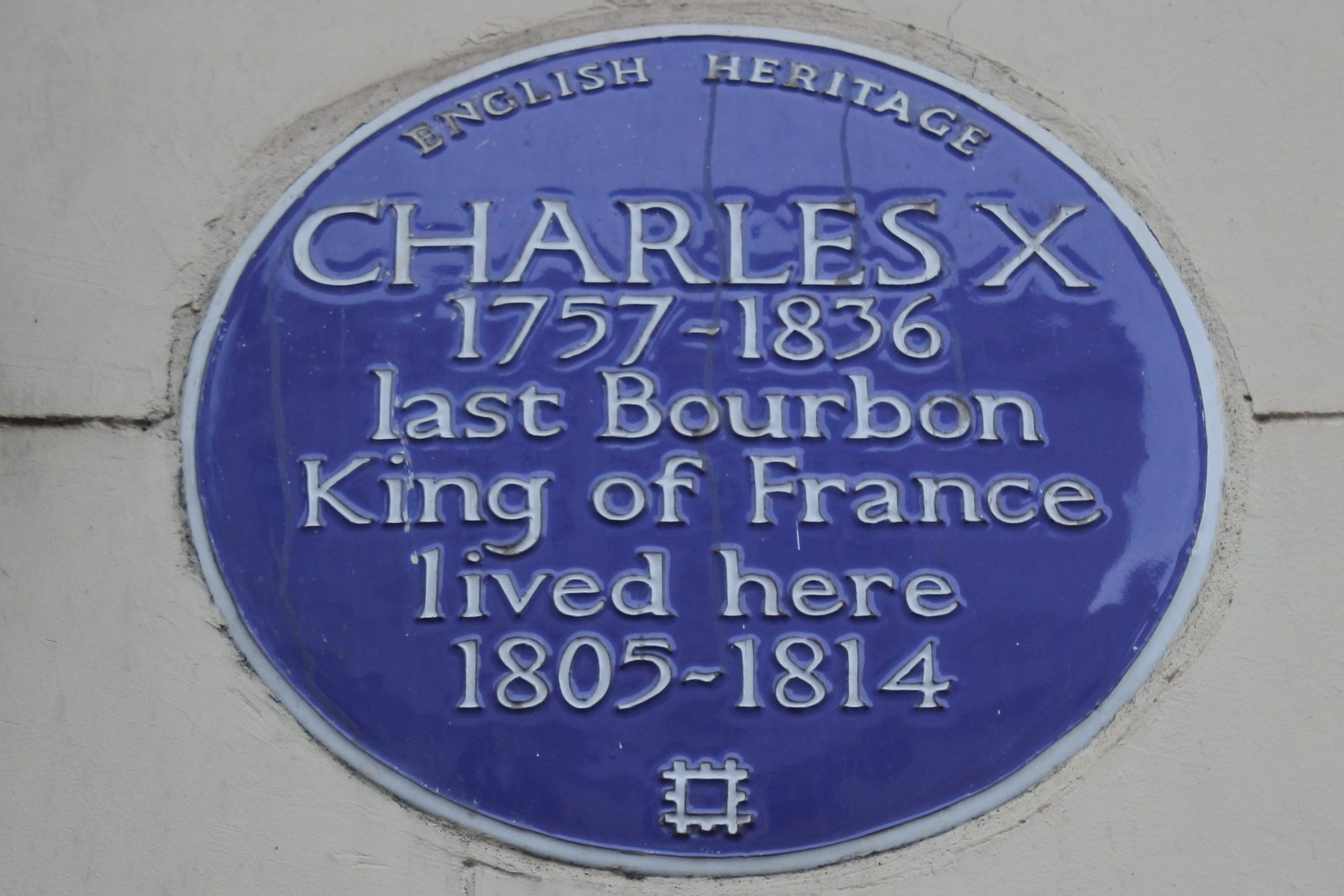
Charles X lived at 72 South Audley Street, London. He returned to France in 1814 and claimed the throne in 1824. He was in England again around 1830 – 1831 after Louis-Philippe deposed him.
La Vicomtesse Lily Clair de Feltre (1870 – 1910)
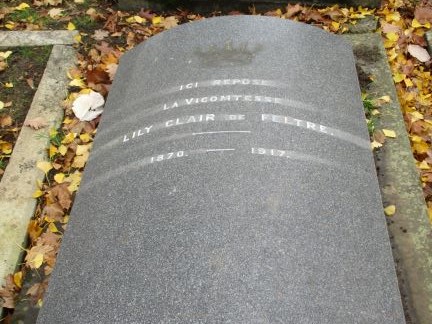
Her grave is to be found in (Hanwell) City of Westminster Cemetery. It is likely that she was related to Charles-Marie-Michel, comte de Goyon (1844-1930), 3e duc de Feltre, who was the French ambassador to Britain in 1868.
Comte Paul Tarby de Montravel (? – 1912)
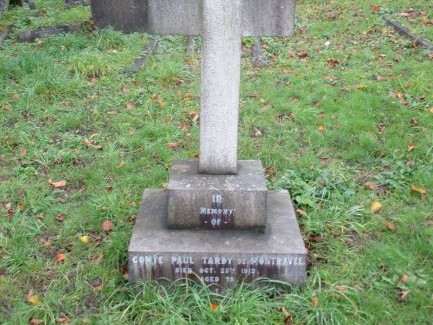
His grave is to be found in (Hanwell) Kensington & Chelsea Cemetery. He is possibly the same Paul Tardy de Montravel who was born in Freiburg, Switzerland in 1834 but other records show that he died in 1907. But this Paul did marry in 1871 in London a Mairie Ternynck (ca 1840-1893). Her address at the time of her death was 56 Woodstock Road, Chiswick.